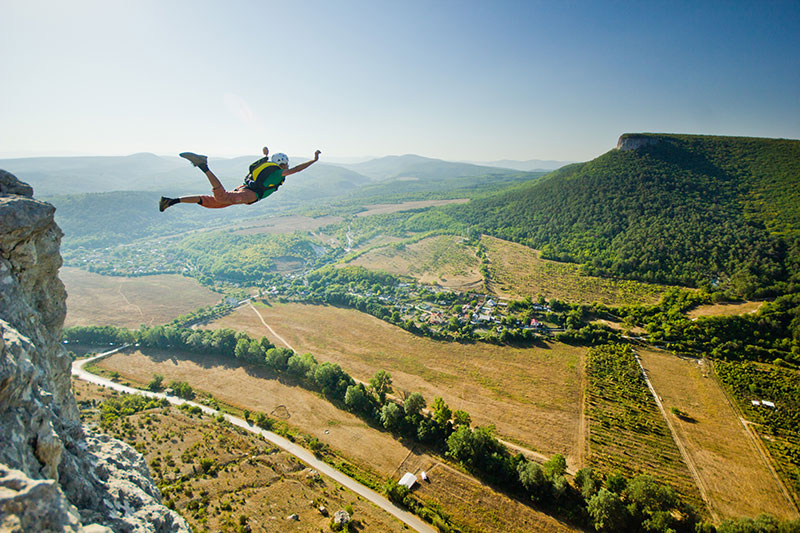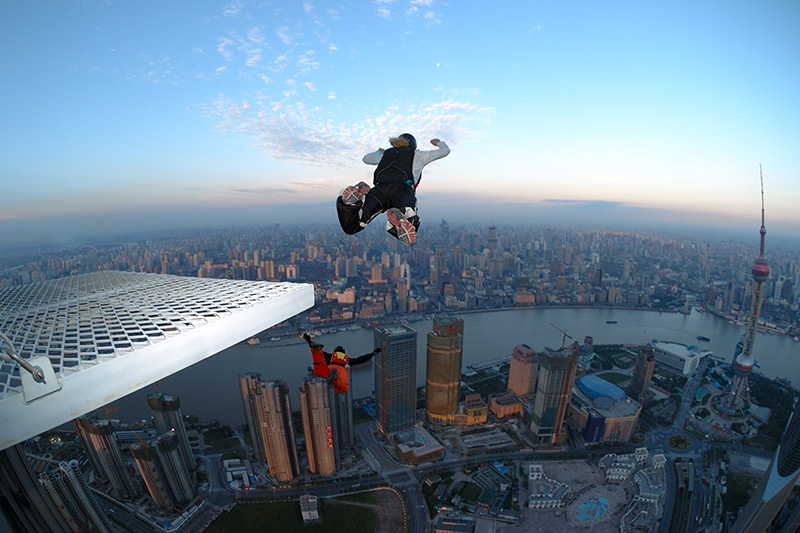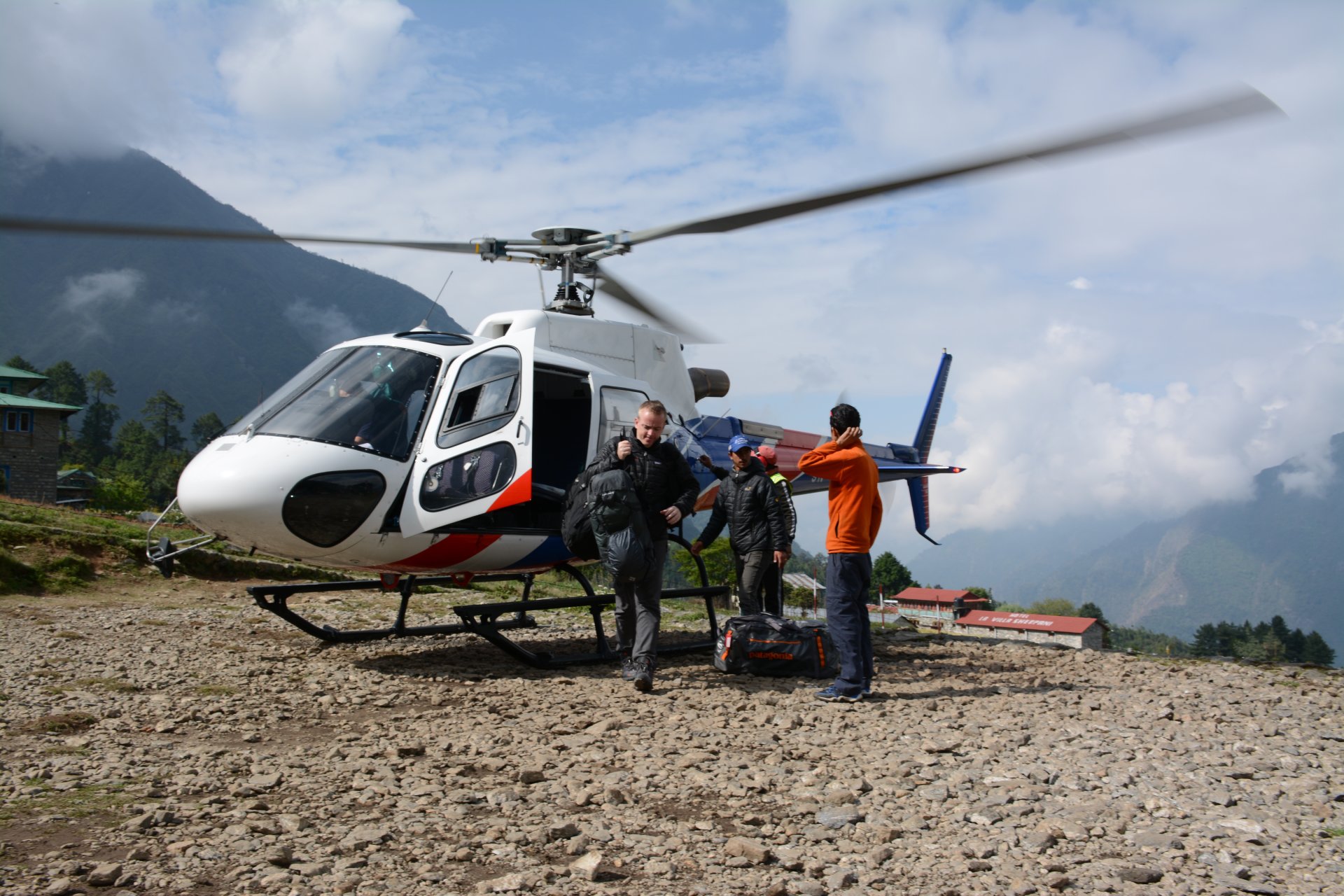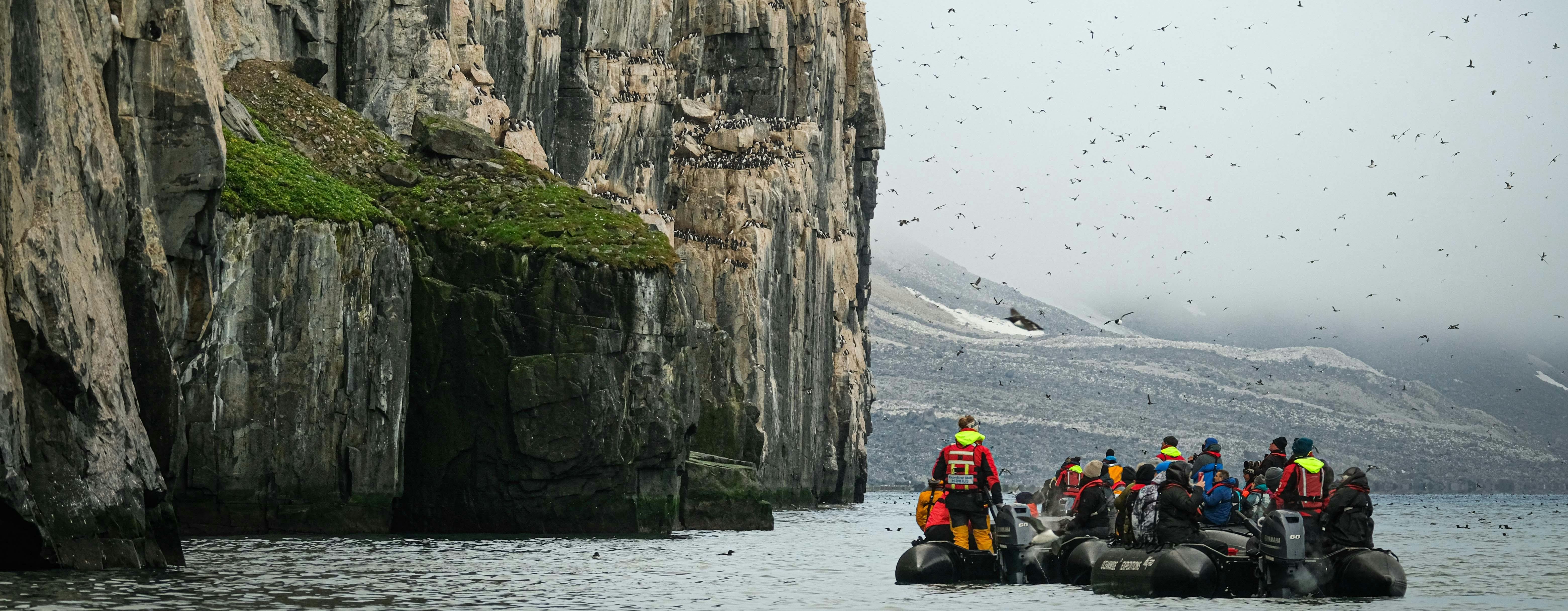This post is part of the Global Rescue “No Restrictions” series, where we take a look at extreme sports and activities that many of our members have taken part in, or plan to. Unlike other providers, Global Rescue memberships do not exclude or restrict adventure activities, whether cave diving, sky diving, heli-skiing, BASE jumping and beyond.
You’ve likely seen at least one in the thousands of high-octane videos on YouTube: A person approaches the precipice of some sort of platform — maybe a 500-foot cliff, building or bridge — then, in the next stomach-churning moment, intentionally hurtle themselves off that precarious edge into empty space. Resembling some real-life version of superman, they freefall toward the earth, finally deploying a single parachute at, what feels like, the last second.
What is BASE jumping? Boiled down, it’s an extreme sport luring gutsy, adrenaline lovers to some of the most beautiful destinations in the world in search of the next great object to huck themselves from.
But if this fringe sport sounds intriguing to you, hold on for a moment while we cue a few disclaimers: BASE jumping is not for the faint of heart, and it’s illegal from many points especially within parks, and from bridges and buildings. Unlike bungee jumping or tandem skydiving, BASE jumping requires skill and even more training. It’s estimated that an accident is 43 times more likely to occur while taking part in this sport than skydiving.
If you still can’t fight the urge — or simply are just interested in getting the dirt on this gnarly sport — here’s the low-down on what it is, the basics, plus some of the most famous BASE-jumping destinations our members visit
A Brief History of BASE Jumping

The founding father of modern BASE jumping is the late Carl Boenish, a skydiver and filmmaker from California who was convinced that the ram-air parachutes (used in skydiving) could allow for a safe jump from high cliffs. In 1978, he proved it when he filmed himself and three other BASE pioneers (one of whom was his wife) safely launching and landing from the 3,000-foot iconic granite walls of Yosemite’s El Capitan.
Shortly thereafter, Boenish also coined the name. What does BASE jumping stand for? It’s an acronym for the four types of objects that jumpers leap from: buildings (monuments also fit in this category), antenna towers, spans (meaning bridges) and earth (think large natural formations, like cliffs, canyons, fjords and gorges).
Today, it’s hard to know exactly how many active BASE jumpers there are in the world as no official records are kept. However, in 2015, a veteran of the sport estimated that, worldwide, about 1,000 people jump weekly, another 1,500 do it once or twice a year and a total of about 10,000 have jumped at some point in their lives.
Skydiving Versus BASE Jumping
“Most people who become BASE jumpers are introduced to the sport because they are already skydivers looking for the next thrill,” explained Brandon Lillard, former BASE jumper and regular Global Rescue member. (He retired from the sport in 2014 after a jump in Utah almost resulted in his death — Global Rescue evacuated him.)
[Related Reading: Are You Rescue Ready?]
That’s precisely how he was introduced to the sport. As an all-around waterman-turned-skydiver, his first BASE jumps were performed under some of the best mentors in the extreme sports industry: Erik Roner and Travis Pastrana. He estimates he performed 80 to 100 jumps before officially hanging up his BASE parachute. He still skydives, however.
But just because BASE jumping’s origins come from skydiving doesn’t mean they are one and the same. Here are the key differences.
- Altitude: “Usually, when you’re skydiving, whether that’s out of a plane, helicopter or a hot air balloon, you’re jumping from a much higher altitude of 12,000 to 13,000 feet,” said Lillard. “Base jumping, since it’s from a static object, is from a much lower altitude.”
Many BASE jumps start out between 1,000 and 3,000 feet and you usually have less than 15 seconds to deploy your parachute. Skydivers usually open their chutes at around 2,000 feet, whereas in BASE jumping the minimum altitude is somewhere around 200 feet.
- Parachutes: Unlike skydiving, which employs two parachutes (the main canopy and the backup reserve), BASE jumpers have just one. “That’s because the few seconds of freefall doesn’t allow for the additional complication to cutaway and deploy the reserve: There’s simply not enough time to deploy the backup if a malfunction occurs,” explained Lillard.
The design of the parachute is different, as well. A skydiving parachute employs a device called a slider, which slows the opening of the chute at a comfortable, gentle speed. A BASE jumping parachute — again, given the short amount of time they have — intentionally lacks this device as they must open fast and hard to fill with air before the freefall ends abruptly.
- Way Less Margin for Error: Skydiving, simply put, is safer than BASE jumping. With regards to BASE jumping, there’s less time to act if something goes wrong. Jumpers have to be extremely precise in their exits and establish proper body position before they pull their chute as they could slam into the side of the object they jumped from. Such was the case for Lillard, whose parachute was tangled when deployed, causing him to repeatedly whip against the 300-foot cliff wall he had just launched from.
How Adrenaline Junkies Train for BASE Jumping

- Learn How to Skydive: When it comes to how to get started in BASE jumping, you have to first learn how to skydive and you have to do it a lot. Your exiting and parachute piloting skills must be absolutely dialed in and skydiving allows you to work on those skills in a much more controlled and forgivable environment.
- Find a First Jump Course: While many BASE jumpers find a local mentor and nearby antenna to do their first jump, First Jump Courses (FJC) are guided by multiple professionals. The key being multiple for the exposure to countless experts to gauge every possible insight and experience. First Jump Courses can be found all over the world (Nerve Rush maintains a comprehensive directory) with several taking place at the jump site of Perrine Bridge in Twin Falls, Idaho, including the courses offered by Apex BASE, Snake River Base Academy and Inter-Demented BASE Instruction with Sean Chuma.
- Tap into the Community: Like any sport, extreme or not, the more you can lean on other experts for insight, the more you can learn and absorb. Forums like Basejumper.com allow for discussion and story-swapping online.
Top BASE Jumping Locations, Near and Far

While BASE jumping itself is legal, sometimes the locations used for jumps are restricted. That said, however, there is a wide swath of legal jumping locations around the world.
- Perrine Bridge, U.S.: Spanning the Snake River on the northern edge of Twin Falls in Idaho, this 1,500-foot bridge is one of the few places in the U.S. where spontaneous jumpers can take a leap without first having to secure a permit.
- Burj Khalifa, U.A.E.: You know it as the world’s tallest building, but BASE jumpers see it as the perfect launch point to freefall 2,700 feet over the city below. Permission is required to make a leap from the building, and it’s something only granted to the true pros.
- Angel Falls, Venezuela: Located deep within the jungle of the Guiana Highlands, the world’s tallest waterfall boasts a vertical drop of 2,647 feet with strong winds and water spray that make the jump very technically difficult. Permit required.
- Navagio Beach, Greece: Located on the northwest shore of Zakynthos island, a high cliff overlooks the soft sands and partially buried shipwreck of Navagio Beach. Jumpers must first scramble up the 656-foot (200-meter) cliff face, then, once they launch, have no more than five seconds to deploy their chute.
- Kjerag Mountain, Norway: Located near Stavanger, the 3,642-foot (1,110-meter) mountain features a northern cliff that is one of the world’s most iconic jump sites, dropping 3,200 feet almost straight down into the valley below. It’s also home to The Heliboogie, an annual BASE jumping festival that gathers top jumpers from around the world.
No Restrictions on Activities
Whether you’re cave diving, BASE jumping, heli-skiing, skydiving, free diving or more, remember to plan, prepare and get a Global Rescue membership for peace of mind. Unlike other providers, Global Rescue memberships do not exclude or restrict adventure activities. It’s part of our “No Restrictions” approach to travel, and that includes COVID-19, too.










